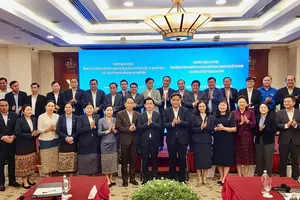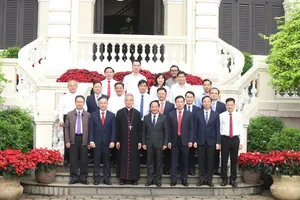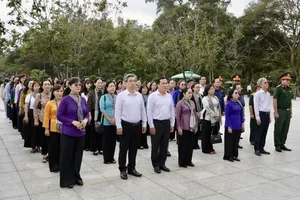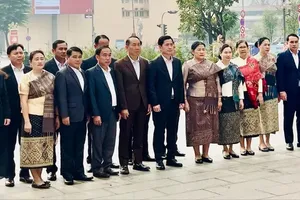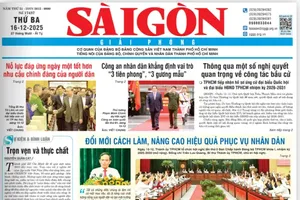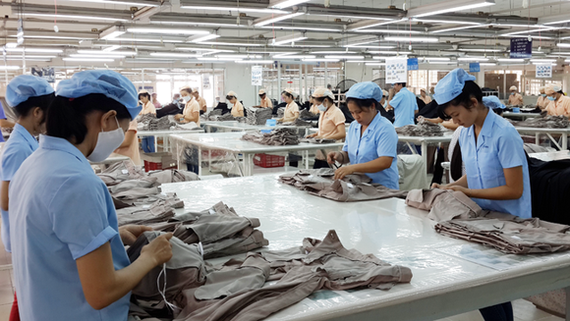 Illustrative image. (Photo: SGGP)
Illustrative image. (Photo: SGGP)
In mid-August, preparation activities for the new school year contributed to an increase in the consumer price index (CPI) in the third quarter, helping to keep a strong and stable growth in the service and retail sales sectors of Ho Chi Minh City. The policy of not increasing hospital fees and tuitions until the end of 2022, even becoming a pioneer in supporting and implementing the proposal of the Ministry of Education and Training in exempting and reducing tuitions, is an important orientation. On the one hand, the city strives to achieve the key goal of stabilizing the CPI. On the other hand, it strengthens the price stabilization of goods for the new school year and essential items of the food and foodstuff group as a practical move to share the burden with people and parents.
The total retail sales of consumer goods and services in the city in July increased by 1.4 percent compared to the previous month and 139.8 percent compared to the same period in 2021, estimated at VND100.32 trillion. Over the past seven months, total retail sales of consumer goods and services rose by 16 percent over the same period last year, estimated at VND656.12 trillion. The recovery momentum of the service industry has been continuously maintained and made new milestones.
The policy of opening up and recovering the economy after the pandemic has been effective. Keeping and promoting this positive and stable recovery momentum, the city will soon transition into the acceleration phase, along with the implementation of backup and previously-prepared measures, such as reactivating the night market and more effectively exploiting pedestrian streets and associated services, and calculating to fully activate the night economy. Along with that, there are activities and series of events that attract both local people and visitors.
These are the "combo" designed to connect with tourism - the field considered the strongest recovery highlight of the last months of the year. The city's tourism industry must immediately grasp the strong recovery momentum in recent months to make the most of major and long holidays and the Tet holiday.
In the past seven months, the total revenue of the city's tourism industry jumped by 57.82 percent over the same period, estimated at VND60.38 trillion. Of which, domestic tourists to HCMC were estimated at 13.3 million arrivals, up 71.73 percent over the same period, and international visitors were estimated at 765,585 arrivals. These figures will continue to climb if the city takes advantage of activities and policies, such as stimulating consumer demand in association with supporting enterprises to launch promotions and put products on online commerce platforms; building more tourist itineraries that combine sightseeing, shopping, entertainment, leisure, riverside economy, and water tourism, to reach the goals successfully at the end of the year.
While the service and retail sales industry has been maintaining a strong recovery momentum, the industrial processing industry has been showing signs of slowing down.
This temporary downward trend, shown in industrial data and data from export processing and high-tech zones, is explained by objective reasons. This downward momentum is forecasted to be more obvious in the last two quarters of the year, especially in the electronics and garment, and textile manufacturing industries.
Vietnam, in general, and HCMC, in particular, are looking for ways to prevent the processing industry from going down in the last months of the year. Specifically, the city will focus on promoting the disbursement of public investment in transport and logistics infrastructure projects, and reforming and shortening administrative procedures. Projects that have been licensed but have not been able to implement due to problems related to procedures, causing stagnation in large cash flow that can be brought into the city's manufacturing and industrial sectors, especially projects that have been registered but have not been deployed in the Saigon High-Tech Park.
In the context of that, the global geo-political-economic situation develops complicatedly and faces many impacts from the policy management of major countries in terms of prices, energy supply, petroleum, and raw materials, HCMC in particular and Vietnam, in general, must strive to control inflation, especially towards the end of the year without reducing the recovery momentum of the service and tourism, and the purchasing power besides maintaining the flow of both traditional and alternative supply chains to be able to reverse the decline of the industrial processing industry in the coming period.
The total retail sales of consumer goods and services in the city in July increased by 1.4 percent compared to the previous month and 139.8 percent compared to the same period in 2021, estimated at VND100.32 trillion. Over the past seven months, total retail sales of consumer goods and services rose by 16 percent over the same period last year, estimated at VND656.12 trillion. The recovery momentum of the service industry has been continuously maintained and made new milestones.
The policy of opening up and recovering the economy after the pandemic has been effective. Keeping and promoting this positive and stable recovery momentum, the city will soon transition into the acceleration phase, along with the implementation of backup and previously-prepared measures, such as reactivating the night market and more effectively exploiting pedestrian streets and associated services, and calculating to fully activate the night economy. Along with that, there are activities and series of events that attract both local people and visitors.
These are the "combo" designed to connect with tourism - the field considered the strongest recovery highlight of the last months of the year. The city's tourism industry must immediately grasp the strong recovery momentum in recent months to make the most of major and long holidays and the Tet holiday.
In the past seven months, the total revenue of the city's tourism industry jumped by 57.82 percent over the same period, estimated at VND60.38 trillion. Of which, domestic tourists to HCMC were estimated at 13.3 million arrivals, up 71.73 percent over the same period, and international visitors were estimated at 765,585 arrivals. These figures will continue to climb if the city takes advantage of activities and policies, such as stimulating consumer demand in association with supporting enterprises to launch promotions and put products on online commerce platforms; building more tourist itineraries that combine sightseeing, shopping, entertainment, leisure, riverside economy, and water tourism, to reach the goals successfully at the end of the year.
While the service and retail sales industry has been maintaining a strong recovery momentum, the industrial processing industry has been showing signs of slowing down.
This temporary downward trend, shown in industrial data and data from export processing and high-tech zones, is explained by objective reasons. This downward momentum is forecasted to be more obvious in the last two quarters of the year, especially in the electronics and garment, and textile manufacturing industries.
Vietnam, in general, and HCMC, in particular, are looking for ways to prevent the processing industry from going down in the last months of the year. Specifically, the city will focus on promoting the disbursement of public investment in transport and logistics infrastructure projects, and reforming and shortening administrative procedures. Projects that have been licensed but have not been able to implement due to problems related to procedures, causing stagnation in large cash flow that can be brought into the city's manufacturing and industrial sectors, especially projects that have been registered but have not been deployed in the Saigon High-Tech Park.
In the context of that, the global geo-political-economic situation develops complicatedly and faces many impacts from the policy management of major countries in terms of prices, energy supply, petroleum, and raw materials, HCMC in particular and Vietnam, in general, must strive to control inflation, especially towards the end of the year without reducing the recovery momentum of the service and tourism, and the purchasing power besides maintaining the flow of both traditional and alternative supply chains to be able to reverse the decline of the industrial processing industry in the coming period.
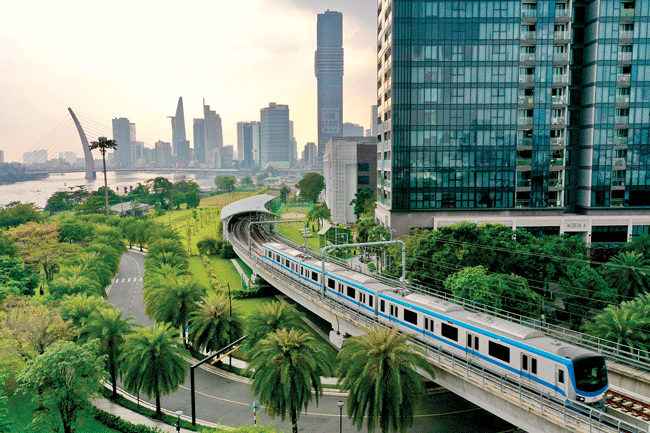
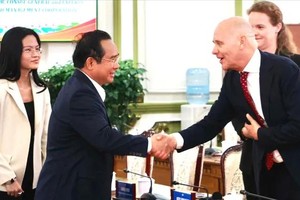
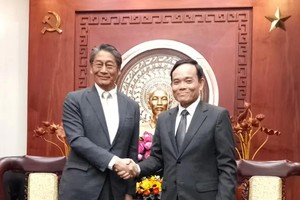

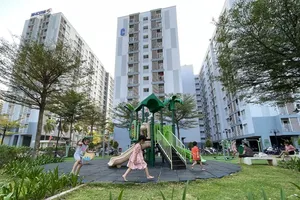

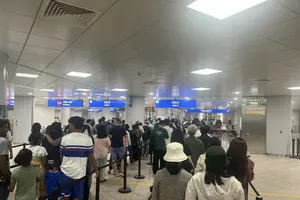
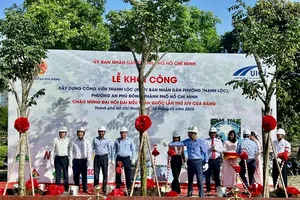

)
